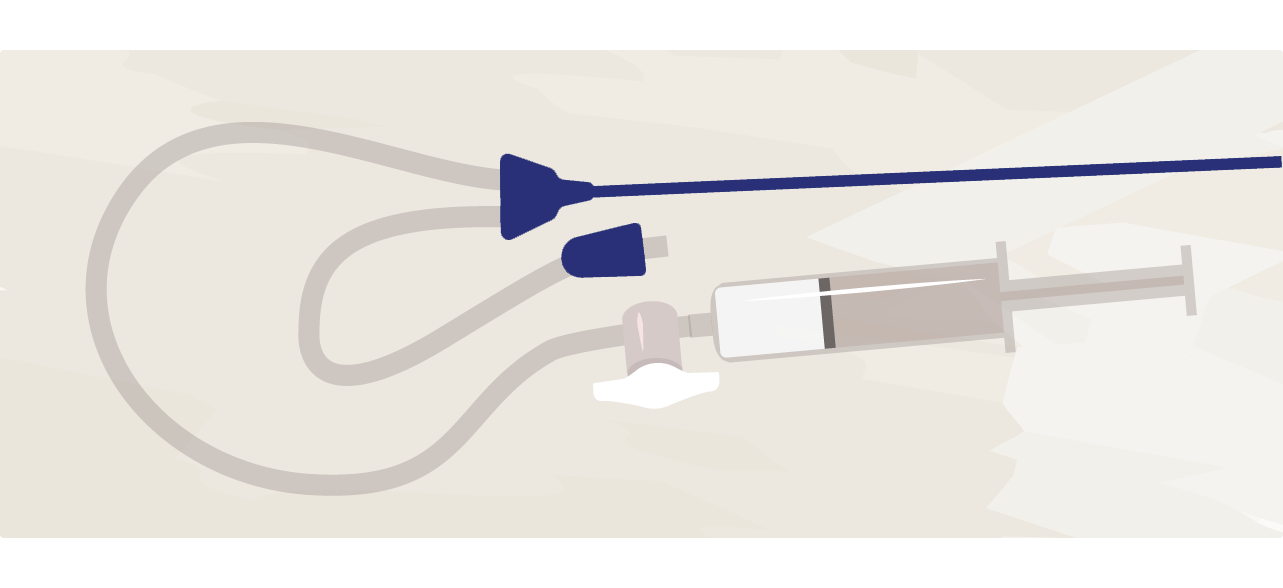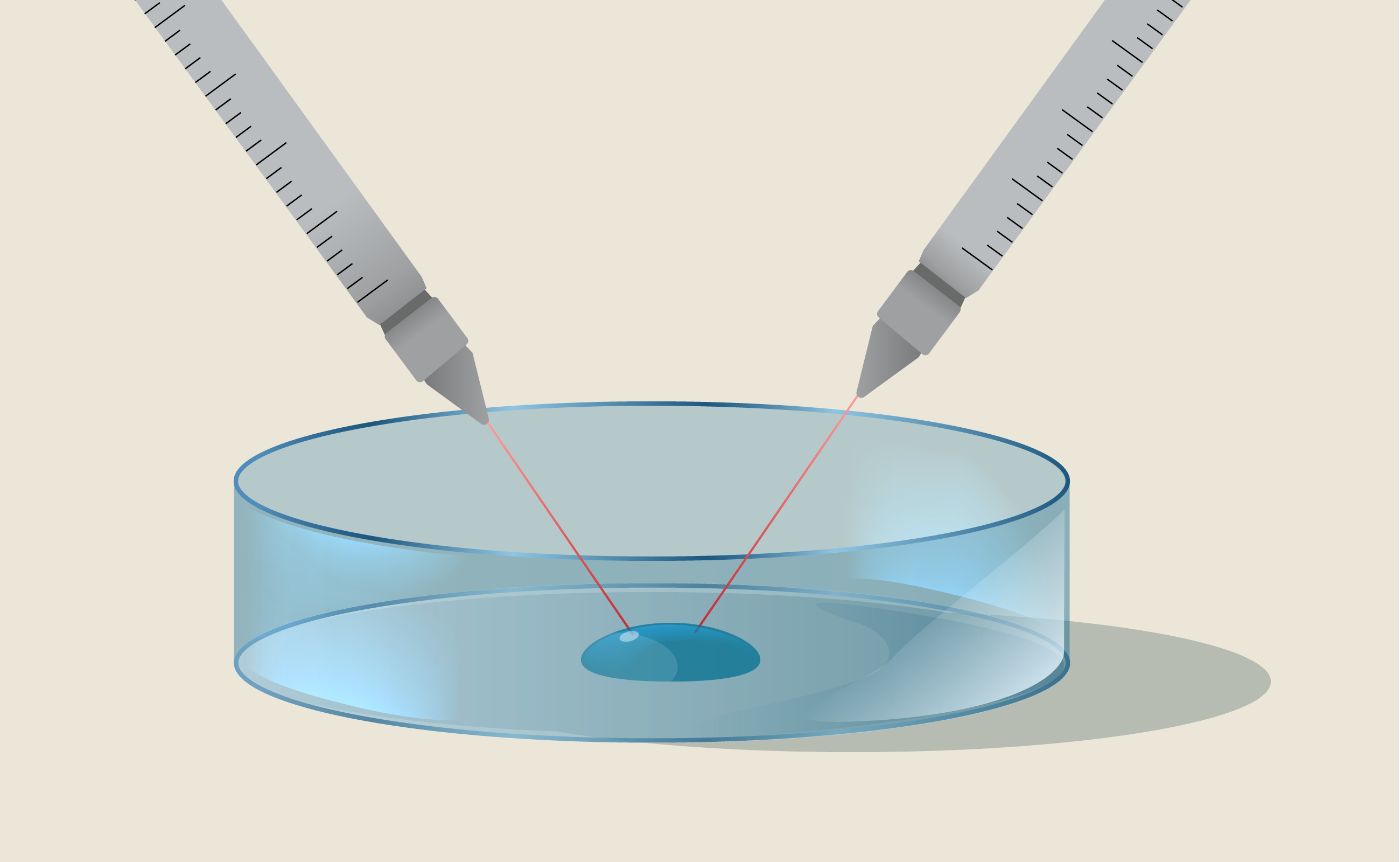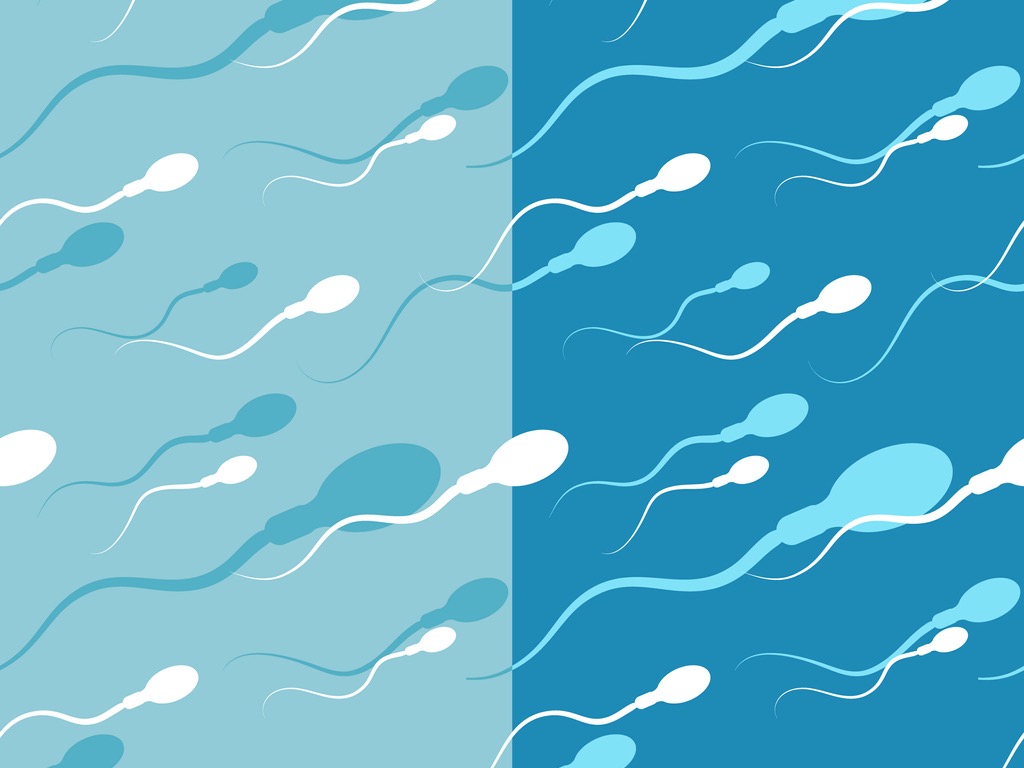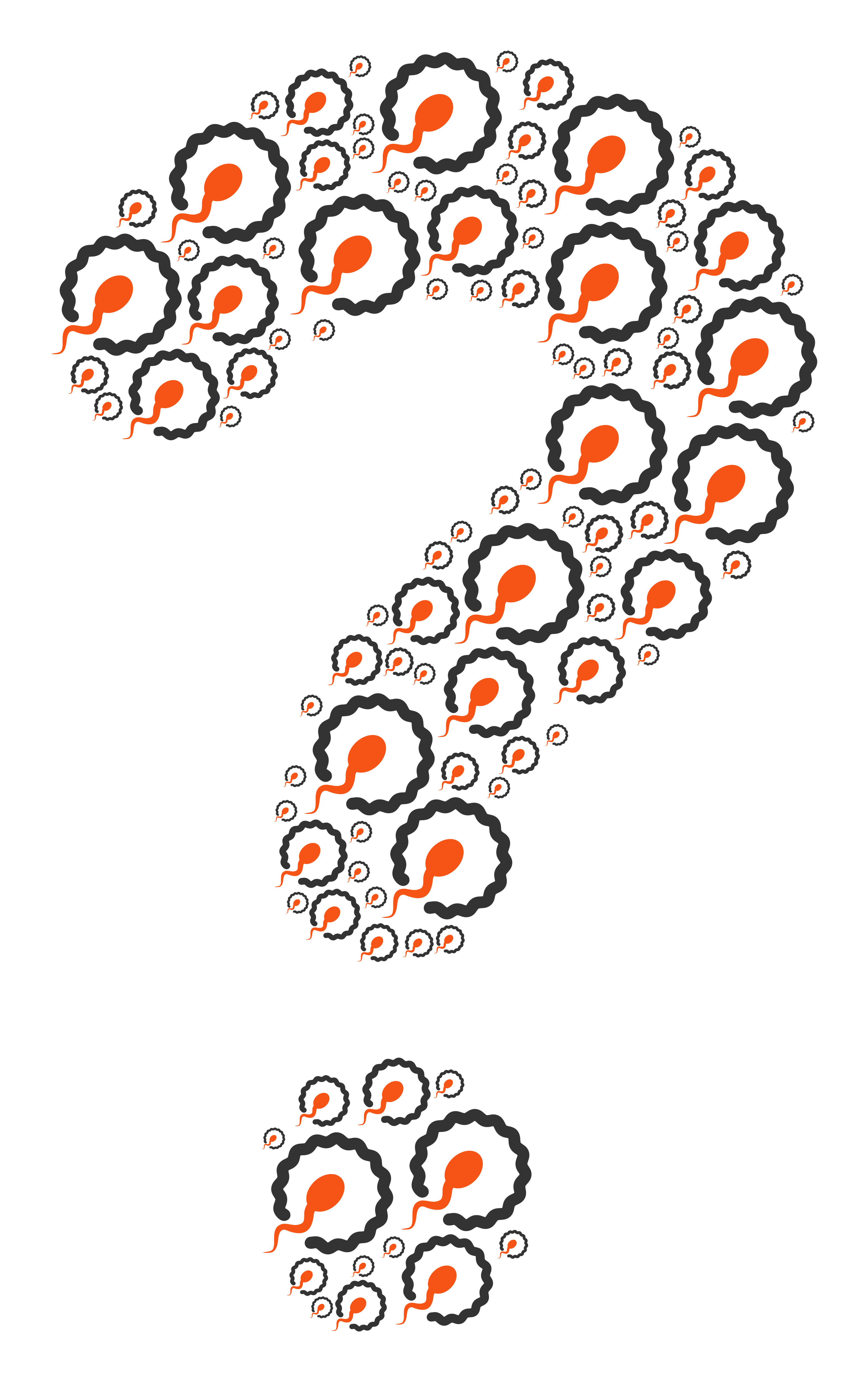- Why do you need it?
- Normally, a woman’s ovary releases a single developed egg each month. However, not all women ovulate regularly, therefore these women might require medications to help them release an egg. Common conditions that cause anovulation are:
- PCOS
- Obesity
- Thyroid problems
- Elevated prolactin
- Extremes of body weight (low or high BMI)
- The purpose of ovulation induction is to bring about ovulation.
- Normally, a woman’s ovary releases a single developed egg each month. However, not all women ovulate regularly, therefore these women might require medications to help them release an egg. Common conditions that cause anovulation are:
- Medications that can be used for ovulation induction:
- Clomiphene citrate
- Letrozole
- Metformin
- Human menopausal gonadotropin (hMG)
- Follicle stimulating hormone (FSH)
- What are our chances of pregnancy?
- In young women, around 15% for the first few cycles in which ovulation occurs.
- Success rates are also dependent on your infertility diagnosis.
- Your treatment team will tell you when to have sex to maximize your chances of conception.
- Pros
- It’s the least invasive of all treatments, as it requires taking a medicine orally or in the form of shots.
- Cons
- There is a risk of ovarian hyperstimulation syndrome (OHSS) (swollen and painful ovaries, accumulation of fluid in the abdomen and chest).
- The drugs used in stimulation can cause mood swings. See our tips on how to manage your mental health during this period.
- Risk of developing ovarian cysts.
- Since the woman is being stimulated to release eggs, there is a greater chance of multiple births. This type of pregnancy has more risks, such as having babies who are born too early and/or of low birthweight.
Stimulating the ovaries to produce eggs
2 min read
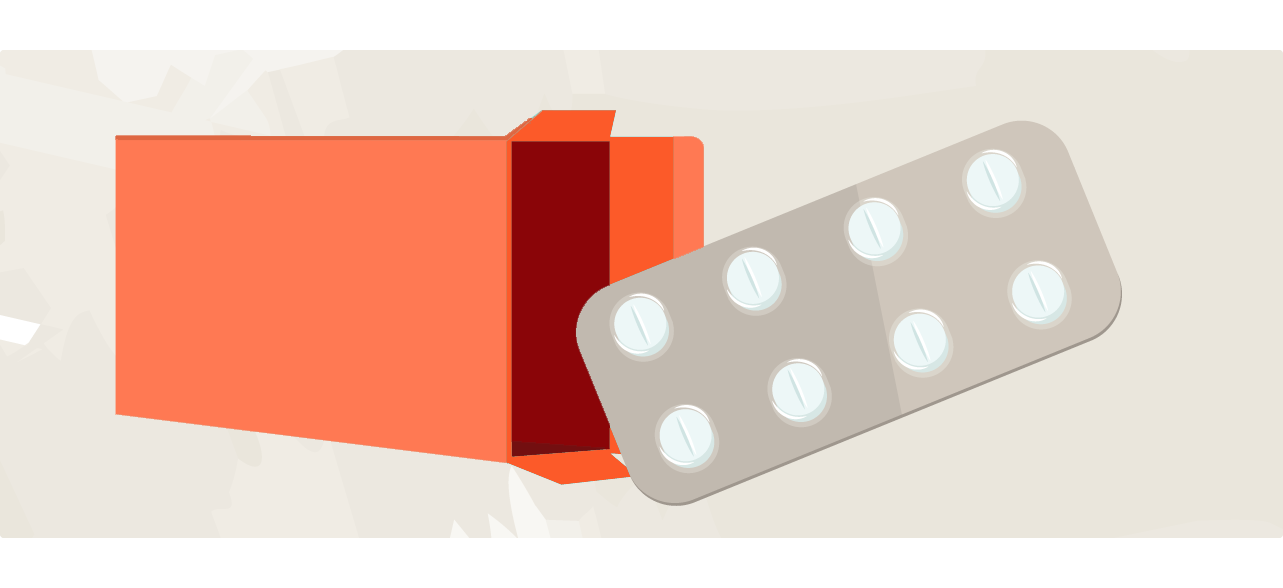
In this article:
